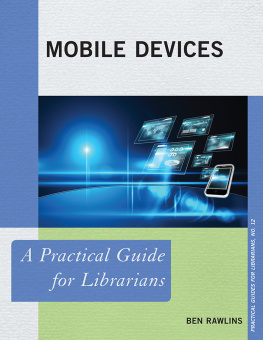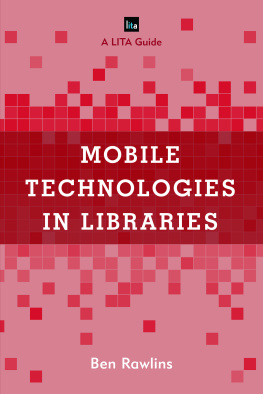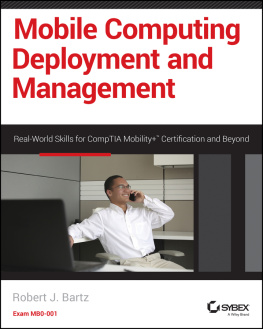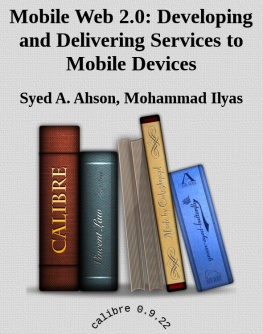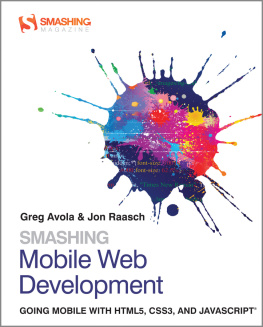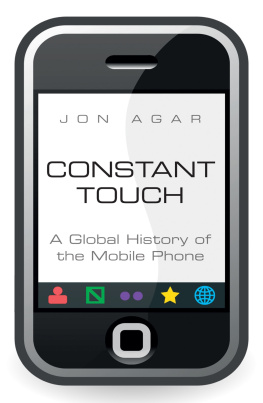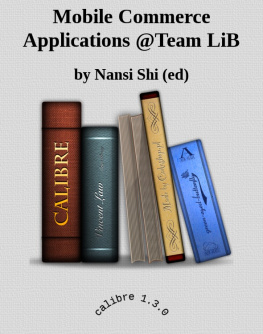Notes
. 2010 figures. Updated statistics from the GSM Association are available on www.gsmamobileinfolink.com. Please note that connections and handsets are not the same as there are less than this number of active handsets but much more handsets produced in total.
(date accessed 26 April 2011).
. The basket of eight IS journals does of course not signify all research on mobile information technology in general and IS research in particular. A quick search on all volumes of some of the remaining IS journals for titles or abstracts containing either the term mobile or cell, plus adding articles found manually, identified the following number of articles on mobile information technology: Communications of the Association of Information Systems (one), Behaviour and Information Technology (two), Information Technology & People (two), Scandinavian Journal of Information Systems (two) and Information and Organization and Journal of Computer Supported Cooperative Work (eight). The journals dedicated to mobile and ubiquitous computing, such as IEEE Pervasive Computing, Personal and Ubiquitous Computing and the Journal of Mobile Marketing, as well as the HCI journals, have many more articles for obvious reasons. However, the discourse in these journals will also often be remote from the core concerns within Management Information Systems (MIS), as for example illustrated by Srensen and Al-Taitoon (2008), extending the usability concept to encompass organisational issues.
. See Malone (2004) for interesting calculations of the differences in transaction costs of sending one page of text by pre-railroad mail, by rail, by telegraph or by email. For 100 destinations the cost in the 1840s was $100 by pre-railroad mail and $750 by telegraph in the 1850s.
(date accessed 26 April 2011).
(date accessed 27 April 2011).
(date accessed 27 April 2011).
. The distinction between affordances and mechanisms is inspired by the discussion with Christian Licoppe over a nice lunch one spring day in Paris, 2010, after I presented my work to his department.
. Other researchers have characterised their challenges similarly for example, Aaens (1989) discussion of systems development itself and Gherardis (2006) characterisation of knowing in practice as the balancing of a mentalistic vision of knowledge against its commodification.
. As an example, the CSCW community journal has since its inception in 1991 published around a dozen articles on issues directly relating to mobile information technology and/or mobile working, giving rise to a call from within the community to move with the technological times (Crabtree et al., 2005). In April 2008 the CSCW Journal published a special issue on the role of place in collaboration (Ciolfi et al., 2008).
. A simple Google Scholar search for anytime, anywhere on 29 April 2010 resulted in 31,900 references across a range of fields and disciplines, but mostly related to communication and interaction through Internet and mobile technologies.
. A Google search for crackberry on 29 April 2010 yielded over one million pages, whilst searching Google Scholar using the same term resulted in 297 pages.
. The following description will assume a clear division of responsibilities between the victim and perpetrator for the sake of simplicity, as any use of the two terms victim or perpetrator would otherwise have to be prefixed with alleged.
. Services such as foursquare.com and gowalla.com provide proximity- or location-based social networking.
. The saturated graph is n*(n-1)/2, with n being number of nodes. Six service categories imply 15 category pairs. With each category denoting a basic binary choice, the saturated graph with 12 nodes contains 66 pairs, of which the six inter-category connections do not make sense for example, encounter <-> relationship. This implies a total of 60 possible service element pairs.
. In this respect, the portfolio can be seen as the class from which the object is instantiated and populated with data through interaction.
. Based on the relatively small number of papers published that deal directly with issues related to the support for mobile working.
References
Aaen, I. (1989) Systemudvikling: Mellem Skylla og Charybdis (Systems Development: Between Skylla and Charybdis). PhD dissertation, Aalborg University.
Abowd, G.D. and Mynatt, E.D. (2000) Charting Past, Present, and Future Research in Ubiquitous Computing, ACM Transactions on Computer-Human Interaction, 7(1): 2958.
Ackroyd, S. (1992) New Technology and Practical Police Work: The Social Context of Technical Innovation. Buckingham: Open University Press.
Adomavicius, G., Bockstedt, J., Gupta, A. and Kauffman, R. (2007) Technology Roles and Paths of Influence in an Ecosystem Model of Technology Evolution, Information Technology and Management, 8(2): 185202.
. (2008) Making Sense of Technology Trends in the Information Technology Landscape: A Design Science Approach, MIS Quarterly, 32(4): 779809.
Aducci, R., Bilderbeek, P., Brown, H., Dowling, S., Freedman, N., Gantz, J., Germanow, A., Manabe, T., Manfrediz, A. and Verma, S. (2008) The Hyperconnected: Here They Come! A Global Look at the Exploding Culture of Connectivity and its Impact on the Enterprise, IDC White Paper sponsored by Nortel.
Agar, J. (2003) Constant Touch: A Global History of the Mobile Phone. Cambridge: Icon Books.
Ahuja, M.K., McKnight, D.H., Chudoba, K.M., George, J.F. and Kacmar, C.J. (2007) IT Road Warriors: Balancing WorkFamily Conflict, Job Autonomy, and Work Overload to Mitigate Turnover Intentions, MIS Quarterly, 31(1): 117.
Al-Taitoon, A. (2005) Making Sense of Mobile ICT-Enabled Trading in Fast Moving Financial Markets as Volatility-Control Ambivalence: Case Study on the Organisation of Off-Premises Foreign Exchange at a Middle-East Bank, PhD dissertation, London School of Economics.
Al-Taitoon, A. and Srensen, C. (2004) Supporting Mobile Professionals in Global Banking: The Role of Global ICT-Support Call-Centres, Journal of Computing and Information Technology, 12(4): 297308.
Albrecht, K. and McIntyre, L. (2006) Spychips: How Major Corporations and Government Plan to Track Your Every Move with RFID. USA: Nelson Current.
Andersen, P.B., Holmqvist, B. and Jensen, J.F. (eds) (1993) The Computer as Medium. Cambridge University Press.
Andersson, P., Essler, U. and Thorngren, B. (eds) (2007) Beyond Mobility. Malmo, Sweden: Studentlitteratur.
Andriessen, J.H.E. and Vartiainen, M. (eds) (2005) Mobile Virtual Work: A New Paradigm? Berlin: Springer.
Andriopoulos, C. and Lewis, M.W. (2010) Managing Innovation Paradoxes: Ambidexterity Lessons from Leading Product Design Companies, Long Range Planning, 43(1): 10422.
Angus, A., Papadogkonas, D., Papamarkos, G., Roussos, G., Lane, G., Martin, K., West, N., Thelwall, S., Sujon, Z. and Silverstone, R. (2008) Urban Social Tapestries, IEEE Pervasive Computing, 7(4): 4451.
Anonymous (1870) The Police of London, Quarterly Review (London), 129: 90129.
Antero, M. (2006) MICTs in Technology Consulting: An Assessment of their Level of Ubiquity, Impact and Usage Among the Industrys Knowledge Workers, MSc dissertation, London School of Economics.
Aoki, M. and Dore, R. (1996) The Japanese Firm: The Sources of Competitive Strength. Oxford University Press.
Arnold, M. (2003) On the Phenomenology of Technology: The Janus-Faces of Mobile Phones, Information and Organization, 13: 23156.
Arnold, M., Shepherd, C. and Gibbs, M. (2008) Remembering Things, Information Society



